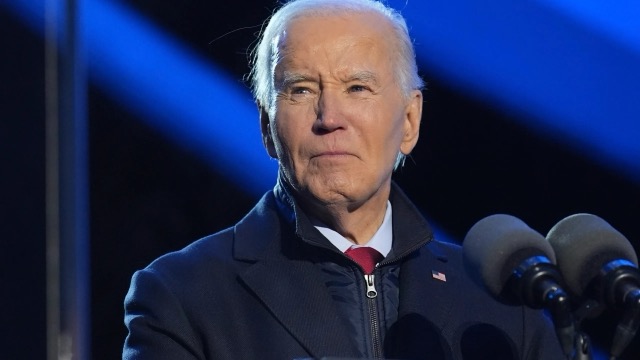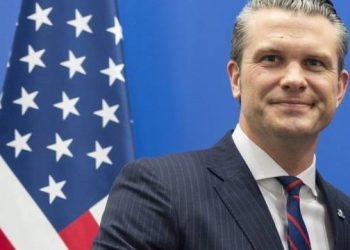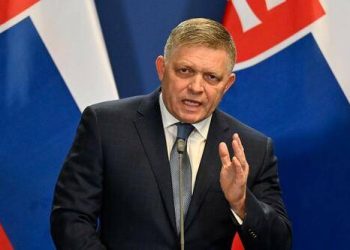On December 19, the U.S. Department of Defense disclosed that around 2,000 troops are currently stationed in Syria—a number far higher than the 900 previously reported. Pentagon spokesperson Major General Patrick Ryder revealed the updated figure in an offhand manner, offering little explanation even as Syria undergoes a historic transition following the collapse of former President Bashar al-Assad’s regime on December 8. The announcement highlights a troubling pattern of opacity from U.S. political and military leaders about overseas operations.
Ryder’s characterization of the deployment as consisting of “temporary rotational forces” obscures a broader reality: This is a continuation of the unchecked mission creep that has plagued U.S. foreign policy since 9/11. Speaking further, Ryder stated, “Right now, there are no plans to cease the defeat-ISIS mission,” signaling the administration’s intent to expand U.S. involvement in Syria without clear justification.
Unchecked Executive Power
The Biden administration’s approach underscores a recurring issue: expanding military engagements under the banner of counterterrorism without proper congressional oversight. Such operations require authorization through an Authorization for the Use of Military Force (AUMF), which Congress has not granted for Syria. By continuing to act without this legal mandate, the administration sets a dangerous precedent of sidelining constitutional processes.
The rationale connecting ISIS to Al-Qaeda, often invoked to justify these missions, stretches the limits of credibility. While the two groups share some ideological roots, this linkage has been manipulated to grant the executive branch nearly limitless authority to carry out military operations.
Costs of Continued Involvement
As the U.S. faces a national debt approaching $37 trillion, it is imperative to reevaluate the financial and strategic rationale for such open-ended commitments. On the same day the Pentagon updated Syria’s troop numbers, Congress passed the $895 billion National Defense Authorization Act. Yet, the Pentagon has failed seven consecutive audits, raising serious concerns about transparency and accountability in defense spending.
Claims that the Islamic State poses a significant threat are increasingly unconvincing. While ISIS has reportedly increased its activities in Syria, the scale of its attacks remains vastly diminished compared to its territorial peak. In September 2024, the group conducted fewer than 20 attacks, a dramatic decrease from the hundreds of attacks reported in 2022. Furthermore, most ISIS fighters in Syria and Iraq are detained in prisons managed by local U.S. allies, such as the Syrian Democratic Forces (SDF).
Alternative Strategies
Rather than extending U.S. military involvement, policymakers should explore regional solutions to secure these facilities and mitigate the threat posed by ISIS. Local actors, including armed groups in Syria and neighboring states like Turkey, have a vested interest in maintaining stability. Transitioning responsibility to these actors could enable the U.S. to reduce its footprint while ensuring long-term regional security.
The U.S. experience with prolonged counterterrorism campaigns across Africa and Asia demonstrates that indefinite military engagements rarely achieve their goals. An open-ended presence in Syria risks repeating these mistakes.
Strategic Restraint
U.S. foreign policy must prioritize strategic restraint and transparency. National security cannot rely on overextension and opaque decision-making. Instead, it requires an honest appraisal of America’s role abroad, aligning military efforts with well-defined and achievable objectives.
Misleading the public about such operations undermines democracy and erodes trust in government. As the situation in Syria illustrates, the time has come for a fundamental shift in U.S. foreign policy—a shift toward accountability, restraint, and a sustainable approach to national security.
 Telegram is where we really talk. Don't miss out!
Telegram is where we really talk. Don't miss out!








